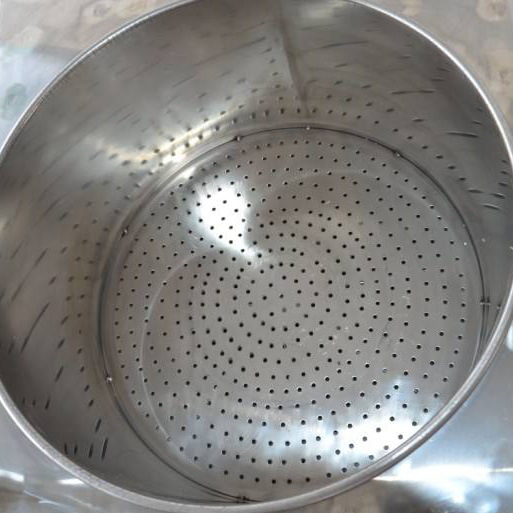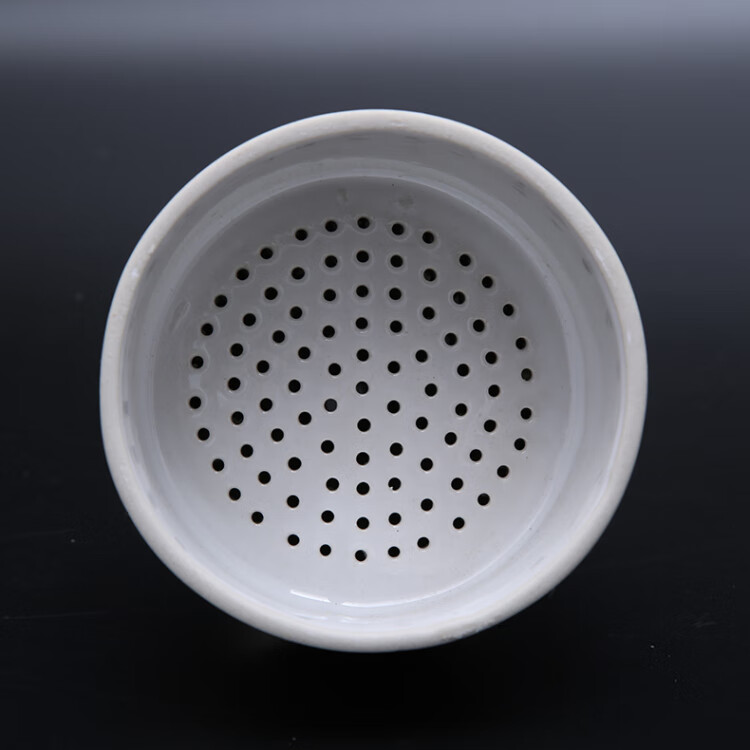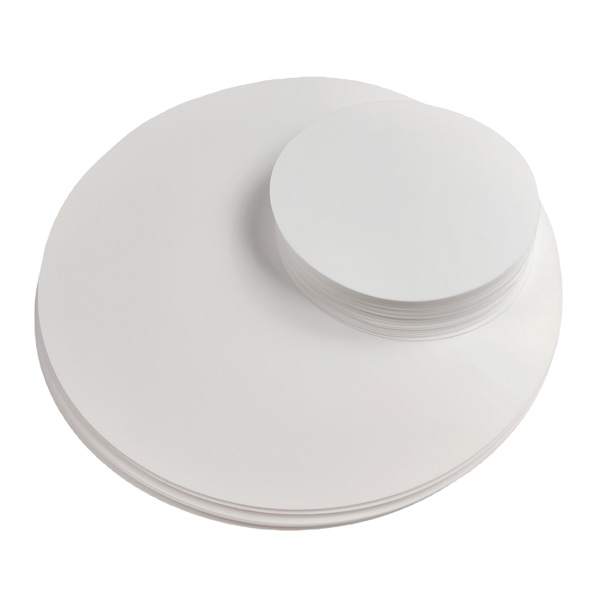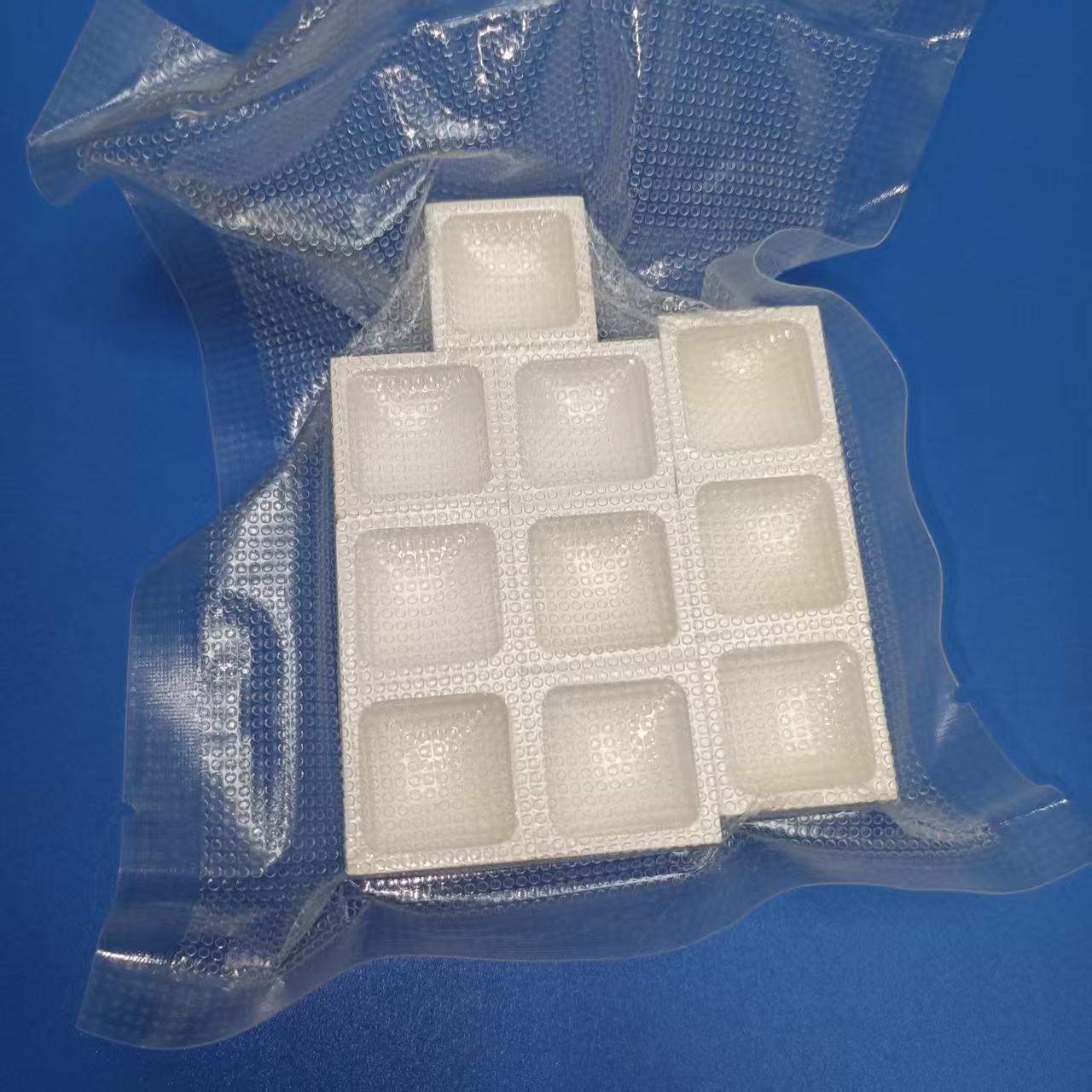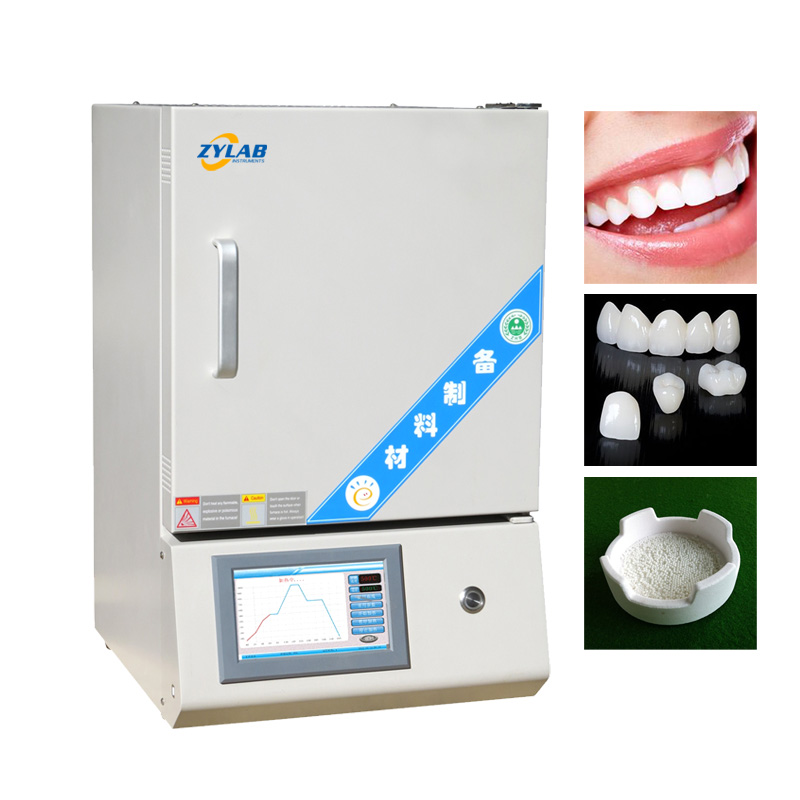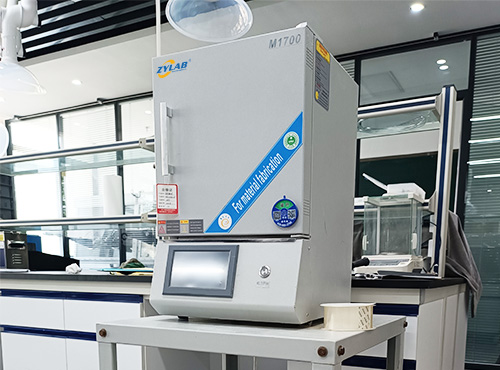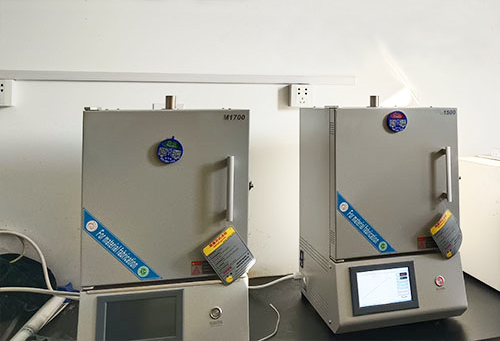Table of Contents
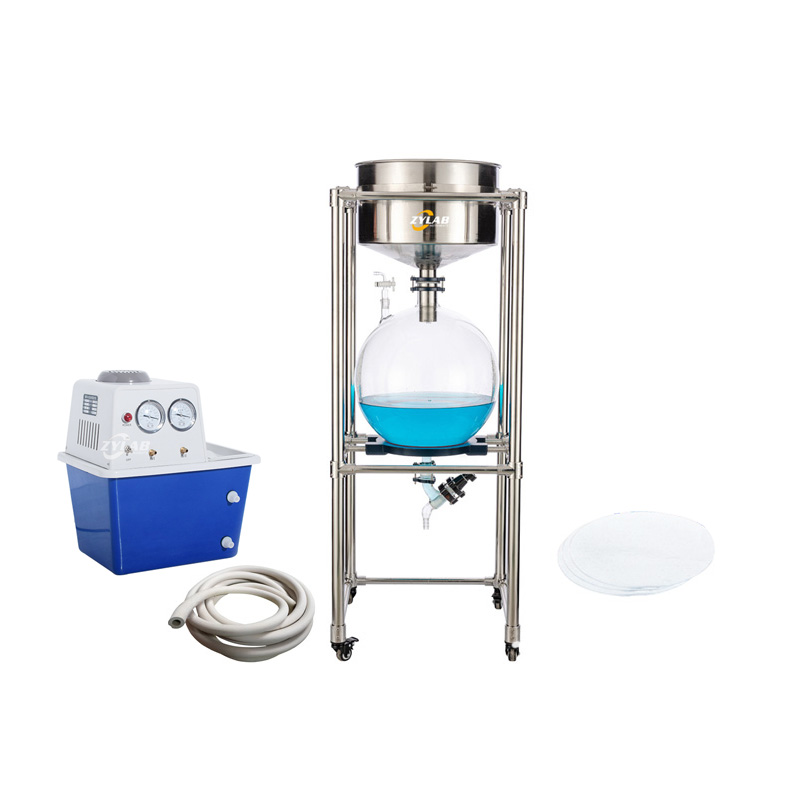
Suction filtration is a laboratory technique used to separate solids from liqui ds by applying suction (or vacuum) to facilitate the filtration process. Here’s how it works:
Process of Suction Filtration
Setup
A filter funnel, typically made of stainless stell or ceramic, is placed in a vacuum flask. A filter paper or membrane is placed inside the funnel to act as the filtering medium.
Vacuum Creation
A vacuum source (such as a water aspirator or a vacuum pump) is connected to the flask, creating negative pressure within the system.
Sample Introduction
The liquid mixture containing the solid particles is poured into the filter funnel.
Filtration
The vacuum pressure pulls the liquid through the filter paper, leaving the solid particles trapped on the surface of the filter.
Collection
The filtered liquid (filtrate) collects in the vacuum flask below, while the solid residue remains on the filter paper.
Completion
Once the filtration is complete, the vacuum is released, and the filter paper containing the solid can be removed for further analysis or disposal.
Applications of Suction Filtration
Clarifying Solutions
Used in chemistry labs to remove insoluble impurities from solutions.
Isolating Precipitates
Common in gravimetric analysis to collect precipitates formed in chemical reactions.
Dewatering
Effective for removing excess liquid from slurries or pastes in various industries.
Advantages
Speed
Suction filtration is generally faster than gravity filtration due to the enhanced flow rate facilitated by the vacuum.
Efficiency
It provides thorough separation of solids from liquids, ensuring minimal loss of solid materials.
Overall, suction filtration is a widely used technique in laboratories for efficient solid-liquid separation.
More information, please visit our site,or read our articles about filtration.

